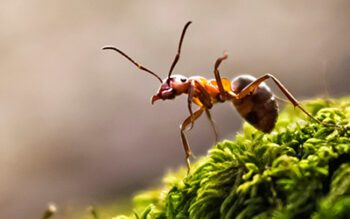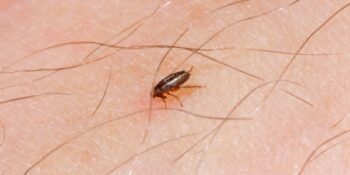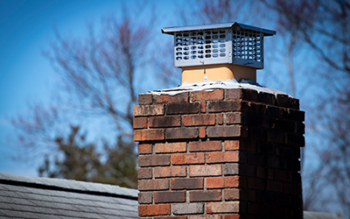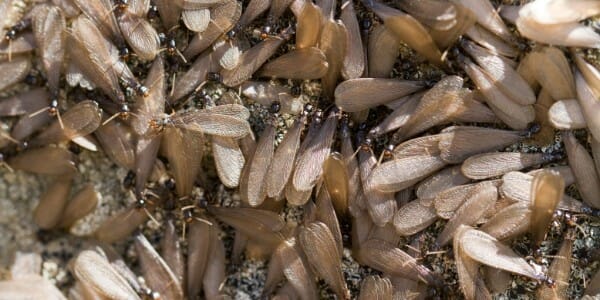
Of all the insects that can get into your home, termites are by far the most dangerous to your equity. These wood-destroying organisms invade millions homes every year in the United States (except for Alaska) and cost property owners over $5 billion dollars in repairs and treatment. That’s more than earthquakes, hurricanes, and house fires combined. What’s worse, most insurance policies don’t cover termite damage. That is why it is so important to understand what these insects are and how they behave. Since termite infestations usually begin with termite swarmers and end with swarmers, let’s start by taking a look at these frustrating creatures.
What are termite swarmers?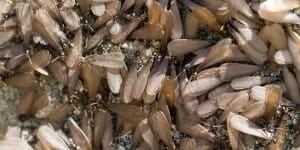
It is often assumed that termite swarmers are a species of termite, but they are actually a caste of termite. When a termite colony matures, it begins to produce male and female reproductives whose job is to leave the nest and begin a new nest.
Swarmers are royalty?
Yes. Those flying termites shed their wings and become the kings and queens of a new colony. After mating, swarmers pair off. The queen will produce the eggs for the new nest and the king will stay by her side to fertilize the eggs and care for the babies.
Why do termites swarm?
Swarmers are most often seen in spring or fall, but it isn’t the season that prompts a colony to produce swarmers; it is the temperature and humidity. When temperatures rise to a comfortable 70 degrees Fahrenheit, there is a good chance those termites will take it as their cue to send out male and female reproductives. This can prompt a mature colony to produce swarmers several times a year as temperatures rise and fall.
What does it mean when swarmers appear?
If you see swarmers, it mean that you already have a mature colony living in your home.
How long do termite swarms last?
Not very long! Swarmers mate quickly and look for an immediate location to start a new nest. For this reason, it is easy to miss a termite swarm.
Is there another way to know if a termite swarm has come and gone?
Yes. Termite swarmers shed their wings after mating.
How far do termite swarms travel?
Not very far! If a swarm catches a strong wind, it may go a few miles, but more often they will only travel a few hundred yards from their original nest.
Why do termites choose a home?
The most common termite species to attack homes in New York are of the Eastern Subterranean species. These termites prefer to live in moist soil near homes they infest. For this reason, it is important to make sure you have no standing water near your foundation walls. Check to make sure your gutters are not obstructed and that they work to channel water away from your home. It is also important to make sure you have no water damage to the wood of your home. Soft, moist wood is attractive to these pests. A yard that has construction material, firewood, railroad ties used for flower bed framing, or other wood materials will be more attractive to these wood-eating insects.
Do swarmers eat wood?
Swarmers do not have the ability to eat anything. This caste of termite is highly motivated to start a new nest and produce workers so they can be fed. Workers eat food and bring it back to the colony in their bellies. This food is then shared with the termites in the colony through a process called trophallaxis.
If you see termite swarmers, or signs that your home has been visited by a termite swarm, be sure to have your home checked by a professional. Termites eat wood 24 hours a day, 7 days a week, 365 days a year and that can be bad for your equity.



